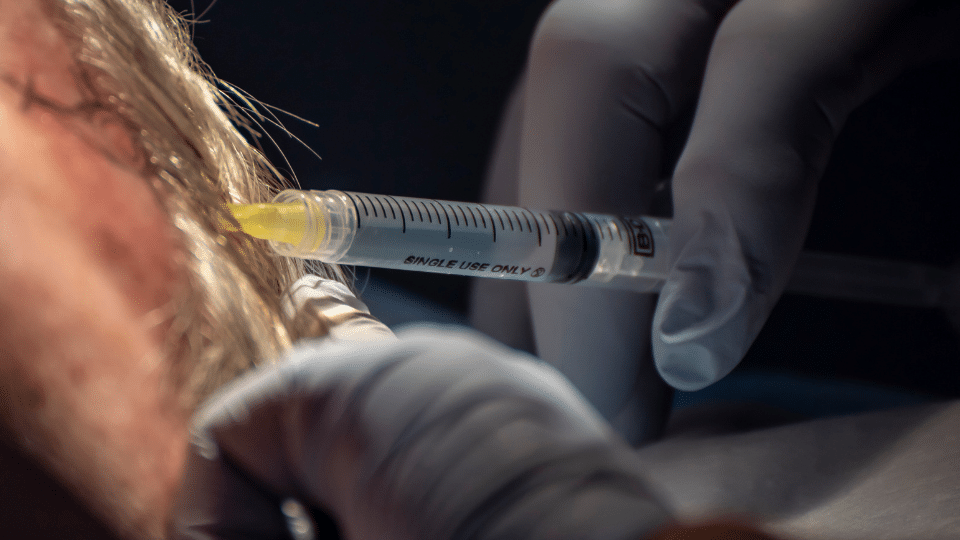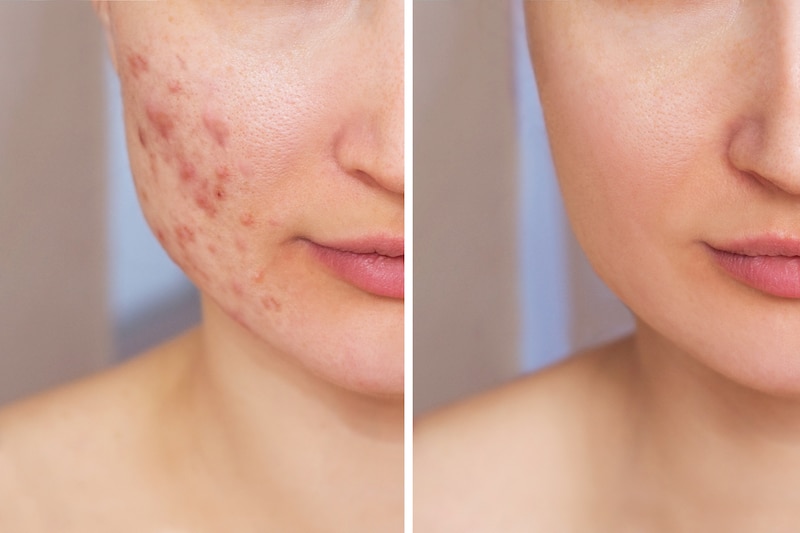SKIN CANCER
Excisions

Why Do Skin Lesions Have To Be Excised?
Skin lesions are excised, or surgically removed, primarily to treat skin cancer like basal cell carcinoma, squamous cell carcinoma, or melanoma. Excision involves cutting out the entire lesion along with a margin of healthy tissue around it. This ensures that all cancerous cells are removed, reducing the risk of the cancer spreading or returning.
Excision is also performed to remove suspicious moles, cysts, or benign tumours that may pose a risk or cause concern. The procedure aims to eliminate these abnormal or potentially harmful skin lesions.
Key Information
What is involved in excision of a skin lesion?
During the excision of a skin lesion, we will explain to you why the skin lesion needs to be excised and walk you through the procedure. You may be asked to sign a consent form indicating your understanding and agreement with the surgical intervention. Inform our doctors about any medications you are taking, allergies, medical conditions, or if you have a pacemaker or implanted defibrillator. Additionally, disclose any over-the-counter supplements or herbal remedies that could affect bleeding.
The most common type of excision is an elliptical excision, where our doctors will design an incision in the shape of an ellipse. This helps minimise tension on the wound and orient the resulting scar along existing skin creases, making it less noticeable.
We will mark the area to be excised and administer a local anaesthetic injection to numb the skin. Using a scalpel and sharp scissors, doctor will carefully cut around and under the lesion, including a margin of healthy tissue. The excised lesion will be sent to the pathology laboratory for examination by a pathologist who will provide us with a report in a few days.
During the procedure, there may be some bleeding, which we can control by cauterising the blood vessels. The edges of the incision will then be stitched together using sutures, typically in two layers. We will provide instructions on wound care and inform you when to have the stitches removed.
What is excisional biopsy?
Excisional Biopsy
Primarily diagnostic, this procedure entails the complete removal of a skin lesion to obtain a comprehensive tissue sample for histopathological analysis. It's especially critical when the nature of the lesion is ambiguous or there's a suspicion of skin cancer, including when a melanoma is suspected. In such cases, an excisional biopsy ensures that the entire lesion, along with a margin of normal surrounding tissue, is examined to provide a precise diagnosis.
The biopsy is aimed at confirming the presence, type, and extent of the disease, offering crucial insights for planning further treatment.
What is an excision?
Excision
The main goal here is therapeutic, focusing on the complete removal of a lesion, typically one that has already been diagnosed as malignant or is problematic in some way.
Excision serves as a form of treatment for skin cancers like basal cell carcinoma, squamous cell carcinoma, or melanoma. The procedure involves removing the lesion along with an appropriate margin of healthy tissue to ensure all cancerous cells are eradicated.
This method is intended to cure or significantly manage the condition, unlike an excisional biopsy, which may necessitate additional treatment based on the findings.
What is the difference between excisional biopsy and excision?
In summary, while an excisional biopsy is conducted to diagnose the nature of a lesion, including suspicions of melanoma, an excision is performed to remove a known or assumed problematic lesion, such as skin cancer, with the intention of treatment and cure.
What does the excision process involve?
- The procedure starts with marking the area around the lesion.
- A local anaesthetic is then injected to numb the area.
- The lesion, along with a margin of surrounding tissue, is removed and sent to a pathology lab.
- There may be some bleeding, which is managed by the doctor.
- The wound is then closed, often with sutures.
- Dressing is applied.
- Post-operative care instructions are provided, including when to remove the stitches.
Will excision of a skin lesion leave a scar?
It is impossible to excise a skin lesion without leaving some form of scarring. Surgical techniques aim to minimise scarring, taking into account factors such as the skin's tension lines to make scars less noticeable. Some individuals might experience keloid or hypertrophic scarring, where scars are larger and thicker than normal.
What are the ways to prevent scars?
Scarring is a natural part of the healing process, but there are steps you can take to minimise its appearance. One of the key factors in scar formation is oxygen, which is a crucial nutrient for the growth of scar fibers. By controlling the exposure of the wound to oxygen, we can significantly reduce the formation of scars.
The Role of Oxygen in Scar Formation
Oxygen is essential for many biological processes, including wound healing. However, when it comes to scars, too much oxygen can promote the growth of scar tissue, leading to more pronounced and visible scars. To mitigate this, we use methods that limit the wound's exposure to oxygen.
Silicone Gel and Silicone Patches
Silicone-based products, such as silicone gels and patches, are highly effective in scar management. They work by creating a protective barrier over the wound, preventing oxygen from reaching the scar fibres. This barrier helps to flatten and soften the scar, making it less noticeable over time.
Silicone Gel: This is applied directly to the scar and forms a thin, flexible layer. It can be used on various parts of the body and is particularly useful for areas that are difficult to cover with a patch.
Silicone Patches: These are adhesive sheets that stick to the skin, providing continuous coverage and protection. They are easy to use and can be cut to fit the size and shape of the scar.
Recommended Use
For the best results, we recommend the following protocol for silicone tape or sheet:
Start Early: Begin using the silicone tape or sheet as soon as we remove your stitches. Early intervention is crucial in minimising scar formation.
Consistent Coverage: Keep the wound covered with the silicone tape or sheet for 12 months. Consistent use is key to preventing oxygen from promoting scar growth.
Proper Application: Ensure the silicone product covers the entire scar and is applied smoothly without any wrinkles or air bubbles. This maximizes its effectiveness in blocking oxygen.
Maintenance: Follow the manufacturer's instructions for cleaning and reapplying the silicone tape or sheet. Typically, these products can be worn for 24 hours before needing to be cleaned and reapplied.
By following this protocol, you can significantly reduce the appearance of scars and achieve a smoother, more aesthetically pleasing result. If you have any questions or need further guidance on using silicone gel or patches, please don't hesitate to contact us.

Aftercare Instructions for Skin Excision
How should I care for the wound after a skin excision?
After the skin excision, it’s important to take proper care of the wound. Here are some guidelines to follow –
- The wound may be tender after the local anaesthetic wears off. This is normal and should improve within 1-2 hours.
- Leave the dressing in place for 48 hours, unless instructed otherwise by our doctors. Avoid activities that strain or stretch the area until the stitches are removed and for some time afterward.
- If there is any bleeding from the wound, apply firm pressure with a clean folded towel for 20 minutes without removing the dressing. If bleeding persists after this time, contact clinic immediately 07 3472 7477 or seek urgent medical attention.
- Keep the wound dry for the first 48 hours. After this period, you can gently wash and dry the wound as directed by out doctors.
- It is normal for the wound edges to be slightly pink and tender to the touch. However, if the wound becomes increasingly red or painful, it may be a sign of infection and require antibiotics.
- Initially, the scar may appear red and raised, but over several months, it typically fades in colour and size. Follow our scar prevention instructions (Silicone Gel or Silicone Patches for 12 months)
- Remember to follow any specific post-operative instructions provided by our nurses and doctors and attend follow-up appointments as scheduled. We will monitor your healing progress and address any concerns you may have.
WHICH TREATMENTS ARE AVAILABLE?
Book in for a skin consultation with Dr Tina for an individualised treatment plan. Your best treatment will often depend on your age, gender, triggers and causes of your condition.
Begin your journey now
Expert care and personalised treatment plans with Dr Tina Fang
Call us on 07 3472 7477 or simply book an appointment

